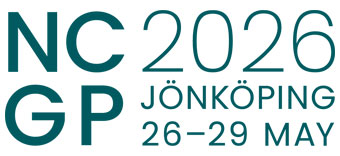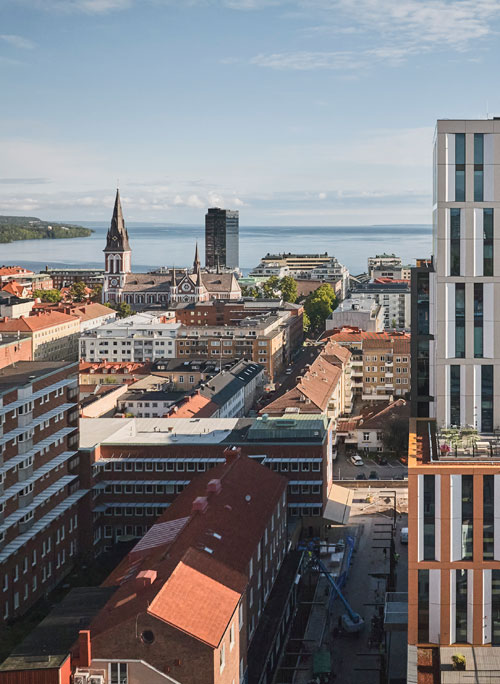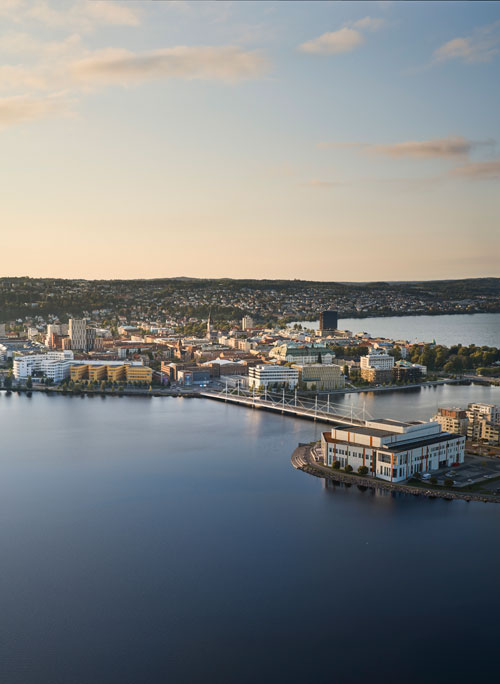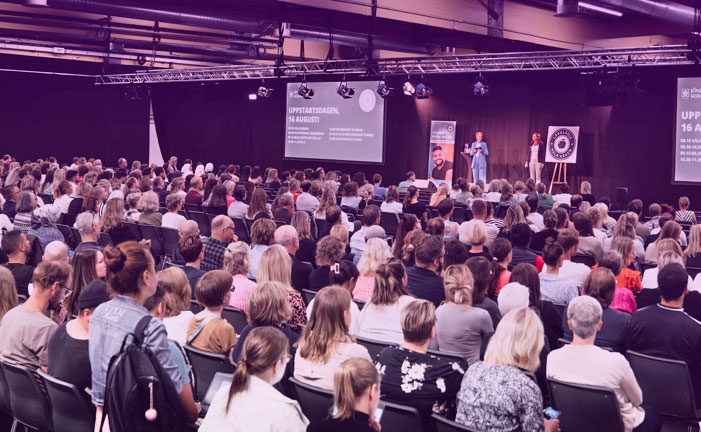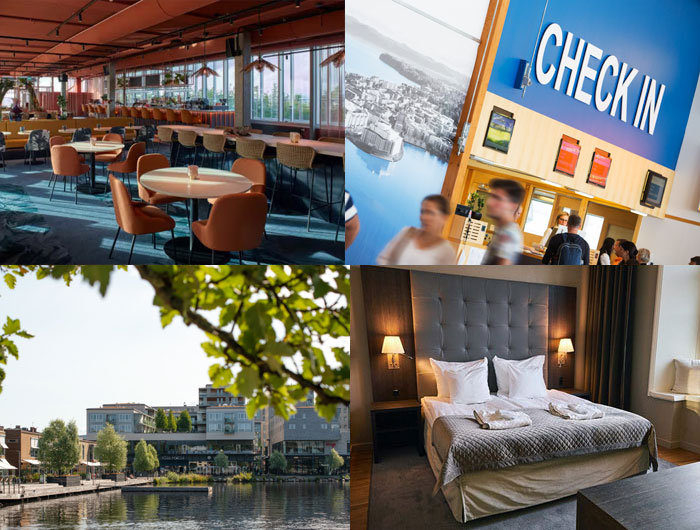Jönköping is a city on the shores of Lake Vättern, in southern Sweden. It’s known for its long lakeside beach, Vätterstranden. In the center is the 19th-century Sofia Church, with its neo-Gothic design and towering spire. Nearby, the Jönköping County Museum is home to artworks by local fairy-tale illustrator John Bauer. On the lake island of Visingsö is the Erstad marsh, home to waterbird colonies.
Population: approx 112 000
City status: 1284
Elevation: 104 m (341 ft)
Province: Småland
Jönköping is an old trading centre (Köping) situated at a natural crossroads for routes following the rivers Nissan and Lagan, and the road connecting the provinces of Östergötland and Västergötland, a result of the town’s geographical position at the southern end of lake Vättern, which divides the two provinces.
On 18 May 1284 Jönköping became the first City in Sweden to be granted its rights by king Magnus Ladulås, who ruled mostly from Vättern’s largest island Visingsö. The first part of the city’s name, “Jön”, is derived from a creek, “Junebäcken”, in Talavid, in what is now the western part of the city. The second part of the name “köping”, is, as mentioned above, an old word for a trading centre or market place.
The geographical position of the city also left it vulnerable to attack via the river routes that led south, mainly from Danes. At that time the provinces of what is today southern Sweden – Scania, Halland and Blekinge – belonged to Denmark. The city was plundered and burned several times until it was fortified during the 16th and 17th centuries.
Jönköping was known for its matchstick industry between 1845 and 1970. The phosphorus match was invented in 1831, and these matches became very popular because one could strike it against any surface to ignite it. However, the problem was that they ignited too easily, caused a lot of accidents and were toxic. In 1844, Swedish professor Gustav Erik Pasch patented a new invention, “Safety matches – Strike against the box only”. To prevent the matches from igniting so easily, Gustav Erik Pasch separated the chemicals in the match head and placed the phosphorus on a separate surface on the outside of the box for striking ignition. Johan Edvard and Carl Frans Lundström took Pasch’s patent and improved it. Later, they manufactured their new Safety matches in their factory in Jönköping. Today, the Match Museum is located in Jönköping’s first match factory.
Conference Venue – ELMIA
Jönköping Konsert & Kongress perfectly combines business facilities with luxury experiences as well as spaces to unwind with colleagues and friends after long days spent in meetings and workshops.
The venue’s location means guests are right in the heart of the bustling city centre. Jönköping Central Station is a within easy reach.
For more about the ELMIA Jönköping Konsert & Kongress follow the link below:
Accommodation – Pre-booked hotels
For the NCGP 2026 congress in Jönköping, selected hotels have been pre-booked. You can select and book your accommodation when you register for the congress (opens TBA).
Information about the hotels pre-booked for NCGP 2026 will be published in due course.
